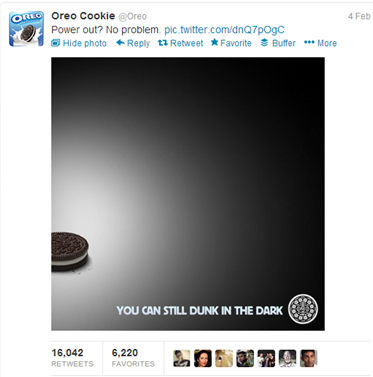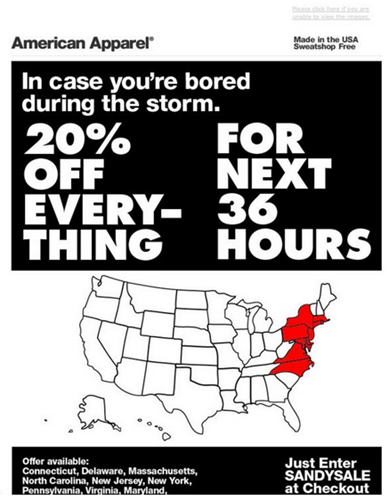Agile marketing: test your flexibility
24 April 2014
How fast and flexible can your marketing team be? Agile marketing puts that to the test.
The idea of agile marketing stems from the concept of agile project management – rapidly building/developing/improving new or existing products to meet changing market needs. When undertaking agile marketing activities, marketing teams are tested to create engaging and relevant content almost at the drop of a hat. Often, agile marketing campaigns come off the back of breaking news stories, so if you wait a day your campaign probably won’t be relevant.
But what has given rise to this idea of agile marketing, and why are so many marketing teams getting involved? One reason: social media. Thanks to social media, companies are able to see what news stories are breaking or trending, they can track sentiment, and get their agile marketing efforts shared quickly, easily, and relatively cheaply across mass audiences.
The great thing about agile marketing techniques is the relevancy. As they’re often tied to news hooks they’re highly relevant and can be understood and appreciated by mass audiences. Let’s take a look at a few examples…
Usually brands using agile marketing try to incorporate an element of humour. This makes people want to share the content, and adds an air of fun to the brand. Take this recent example from Nandos after Liverpool striker Luis Suarez bit Chelsea defender Branislav Ivanovic:
Any keen football fan should get the reference to “You’ll never bite alone” as a play on Liverpool’s famous slogan “You’ll never walk alone”.
Another brand which has been great at agile marketing in the past is Oreo. When the power went out during the Super Bowl earlier this year, Oreo quickly reacted, tweeting this message:

One of the best things about this campaign is how cost effective it was for Oreo, who wasn’t even an official Super Bowl sponsor. While a 30 second TV commercial during the Super Bowl can cost up to $4million, this creative would have cost Oreo minimal amounts, yet yielded a return of over 16,000 re-tweets. When you consider that the average Twitter user has around 200 followers, that’s a whole lot of earned media coverage on the cheap!
But not all agile marketing is well received. A few brands have learnt this the hard way, including American Apparel, who sent out this email to its marketing database during hurricane sandy:

Recipients took to Twitter to air their complaints about this email, so even those not on American Apparel’s database were made of their poor taste marketing.
So, as more and more brands are jumping on the agile marketing bandwagon, what are some of the important points to keep in mind?
- Don’t try and run a marketing campaign or promotion off the back of a disaster, natural or otherwise
- Humour is risky, but often pays off
- Remember your objectives. Agile marketing is often tactical. Don’t just create an ad for the fun of it; tie it to your wider marketing strategy. For example, Oreos were being dunked for years before the power went out at the Super Bowl
- Know your audience (hopefully you know them anyway). If you know your audience you’re likely to know what humour will resonate with them, and whether or not you’re overstepping the mark
- Measurement is key (as it is with any marketing activity). Just because you’re creating marketing content which wasn’t planned as such, doesn’t mean you don’t have to measure the results. How many times was it shared? What did the audience say about your content? This can be fed into your wider reporting and help you when developing future campaigns

